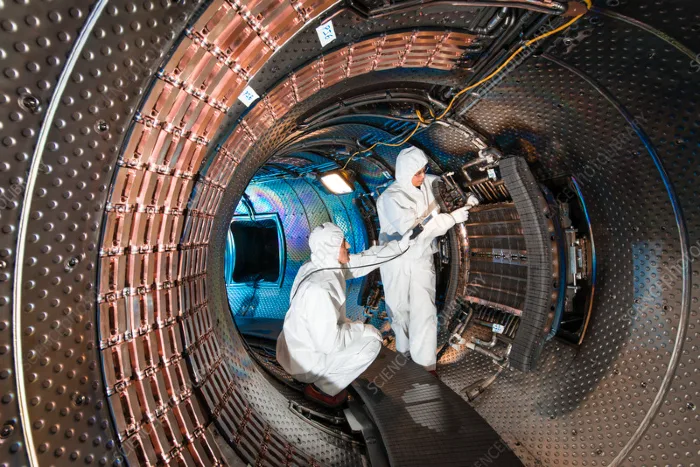In a world increasingly aware of the critical role of renewable energy, recent events have highlighted new vulnerabilities in our pursuit of a greener future. The mysterious damage to undersea cables and pipelines in the Baltic Sea last month, suspected acts of deliberate sabotage, are just the latest incidents underscoring the fragility of our maritime infrastructure. This concern is further amplified by the emerging risks posed by offshore wind farms, which are increasingly dependent on wind turbines supplied by Chinese companies.
The Baltic Sea Incidents: A Wake-Up Call
The damage to the undersea infrastructure in the Baltic Sea, occurring over a few hours between October 7 and 8, has prompted investigations by Estonian, Finnish, and Swedish authorities within their exclusive economic zones. Suspicions have been raised about the involvement of the Hong Kong-flagged, Chinese-owned boxship NewNew Polar Bear, escorted by a Russian-flagged vessel. These incidents follow earlier disruptions this year, including the severing of undersea cables connecting the Matsu Islands with Taiwan and the explosions in the Nord Stream pipelines last September.
The West’s Vulnerability to Maritime Infrastructure Threats
The West’s reliance on maritime infrastructure – pipelines for oil and gas, undersea cables for digital data, and offshore wind for sustainable energy – makes it particularly vulnerable. Currently, wind power contributes 17% of Europe’s electricity, a figure expected to rise sharply. The EU, Norway, and the UK aim to double their offshore wind energy capacity to 400 gigawatts by 2050, a significant leap from the current 16GW in offshore wind.
Recognizing these vulnerabilities, the EU recently conducted a security exercise focused on North Sea wind farms. Operators are now sharing data from sensors and cameras with defense ministries, aiming to deter sabotage. However, these installations face not only the risk of physical sabotage but also the looming threat of cyber intrusion.

Dependence on Chinese Wind Turbine Supply Chains
A critical issue is the West’s growing reliance on Chinese-made wind turbines, which are significantly cheaper than those manufactured elsewhere. While European use of Chinese turbines is still limited, Chinese companies are expressing interest in European wind energy auctions and establishing production facilities on the continent.
According to a top European wind energy executive, Chinese suppliers offer these components at “insanely low” prices. Christoph Zipf of non-profit WindEurope points out that China is a primary producer and exporter of raw materials used in permanent magnets, essential for converting turbine-generated energy into electricity.

Increasing Chinese Investment in Western Wind Turbine Manufacturers
Western suppliers of wind turbine equipment have been receiving more offers from Chinese investors looking to form joint ventures or acquire significant minority stakes. Since wind turbine components are not typically seen as sensitive technology with defense implications, they often bypass scrutiny under Foreign Direct Investment legislation in many Western countries.
A Shift in Global Energy Dynamics
A decade ago, the influx of cost-efficient goods from China and the abundant oil and gas supplies from Russia were hailed as the benefits of globalization. However, the landscape has changed dramatically, with energy dependence on China emerging as a significant concern. This shift is highlighted by China overtaking Germany as the world’s leading solar panel producer over a decade ago.
More To Discover
- U.S. Offshore Wind Startup Switches To Pyramid-Mounted Turbines And It Could Be Huge
- Why Renewables Can’t Save Our Planet And Are Actually Part Of The Problem
- Looking To Transform Offshore Energy? Remove The Turbines For Towerless Power
- Concerns Rise Over Possible Link Between Whale Deaths and Offshore Wind Farms; Facebook Faces Backlash Over Censorship
In response, the European Commission has launched a “wind package,” doubling clean energy manufacturing financing to €1.4 billion, or $1.53 billion, and guaranteeing bank loans to wind power suppliers.
In the wake of these developments, wind-power businesses are advised to vigilantly monitor their installations for any suspicious activities. Collaborating with Western governments to bolster domestic supply and manufacturing is crucial to mitigate these emerging risks.
As the global economy evolves, securing our renewable energy sources has become more critical than ever, marking a new chapter in the quest for a sustainable future.





















